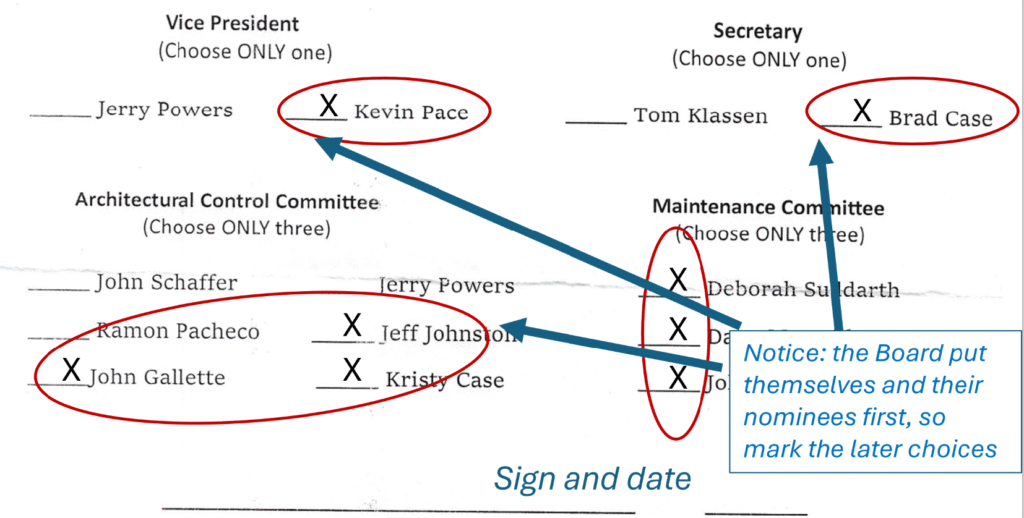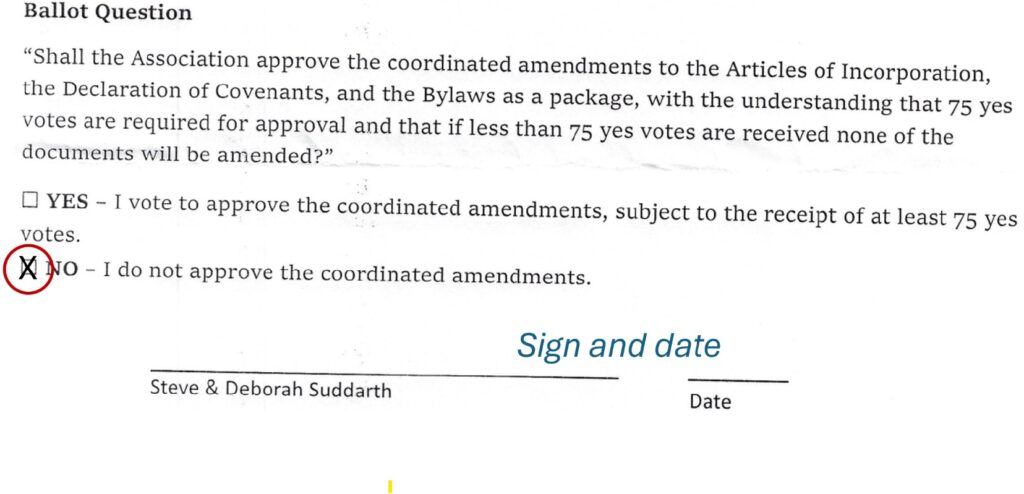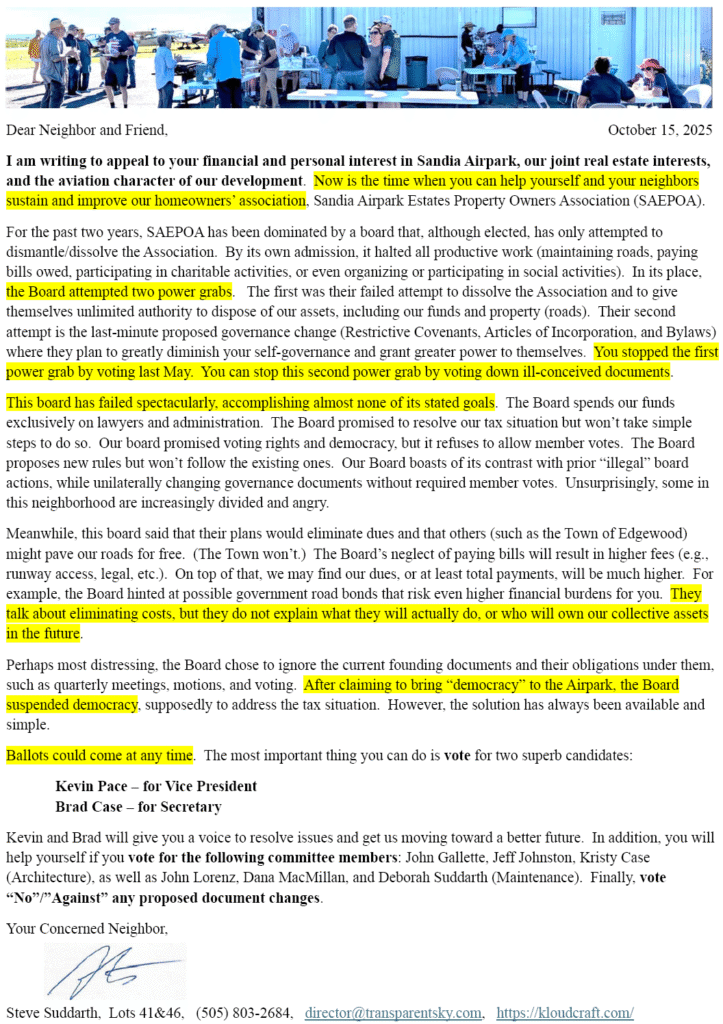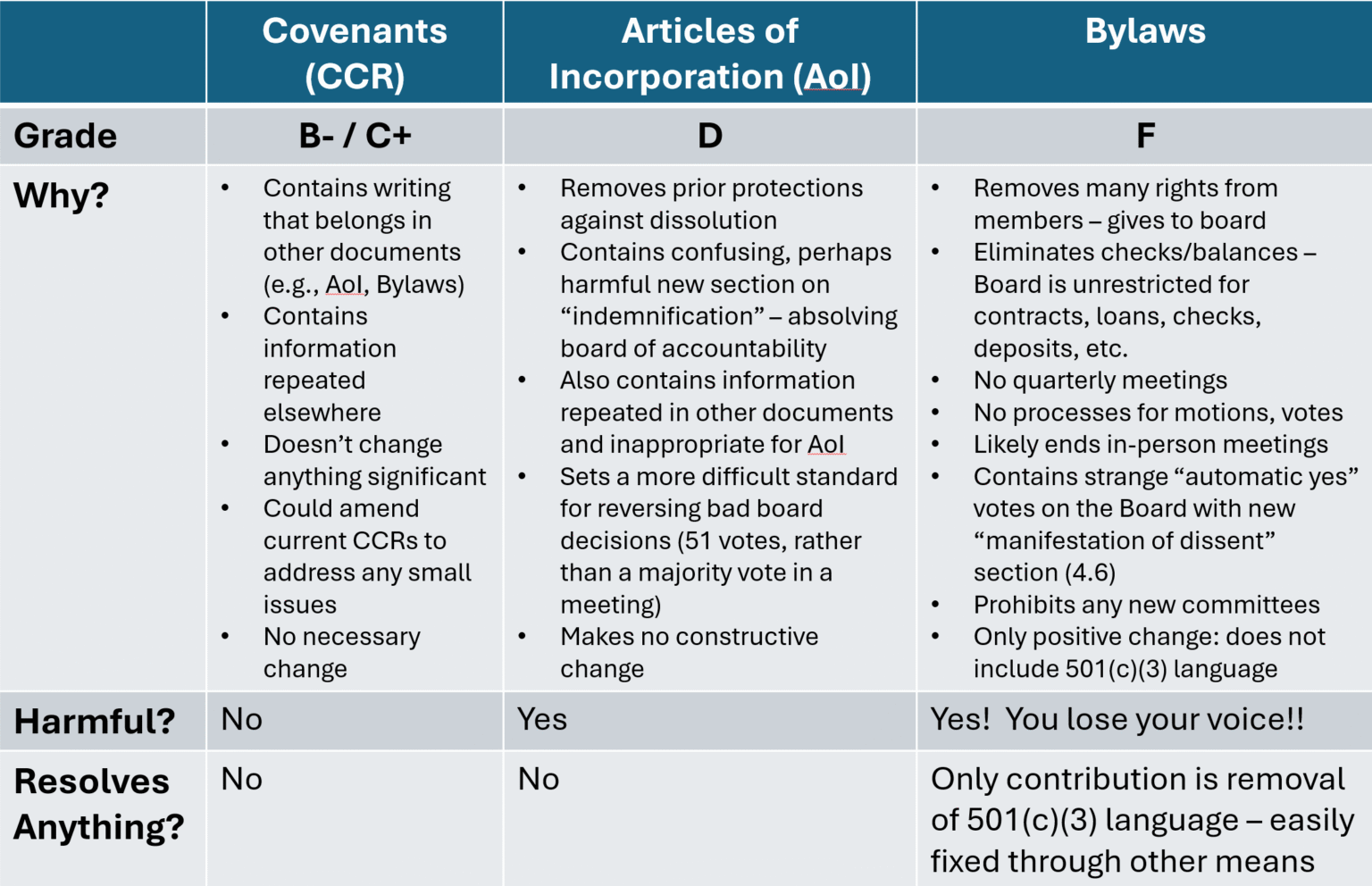Join me in a thought experiment.
A Hypothetical New U.S. Constitution
Imagine that we had a U.S. President who suggested that our current U.S. Constitution was not properly ratified because it was only signed by white men. Furthermore, we had allowed slavery in our earlier days. Therefore, all Federal Law is “illegal”, and we need to reverse all law. (By the way, this is an actual position taken by Elie Mystal, a commentator on MSNBC, C-SPAN, and PBS. He refers to the Constitution as “actual trash”, and claims that all laws passed before the 1965 Voting Rights Act should be viewed as invalid. In some sense, he claims that we either need to “dissolve” or at least “deconstruct/reconstruct” the USA.)
Now, imagine if this President suggested a “fix” to this “problem”:
1. A whole new constitution and set of federal laws will be written.
2. We’ll start with the President’s draft, which he wrote in secret, and we’ll ratify it at the end of the month.
3. The President’s new constitution addresses a few popular topics that have languished, such as providing better protection for kids against child predators. So, the President pushes the benefits of having benefits (like fewer child predators).
4. The President’s constitution, however, also has the following provisions:
a) It will abolish the House and Senate, because decisions will be “steamlined” through the executive branch.
b) It provides for no debate or discussion with the government outside of “special” activities called by the government.
c) It will provide total immunity and “advance pardons” in perpetuity for all senior executive officials, and anyone they designate.
d) It will provide a very simple check on executive power through popular vote. (Let’s talk more!)
About Our Hypothetical U.S. President’s Popular Vote:
Imagine that the President said that the people could reverse any decision he or his cabinet made “simply” by showing that a majority of Americans actively voted against it in a special referendum. Sounds simple. We just trust the President and his cabinet to do everything properly, and if we disagree, we just vote him down. Well, consider this:
– The hypothetical President did not refer to a majority of those voting, but rather a majority of all 262 million Americans eligible to vote, so you would need over 131 million votes to negate his action.
(As a reference, the highly contested 2024 presidential election had a total of 155 million votes cast. 131 million votes would be a nearly 85% majority of that total number of votes.)
– Further, imagine that this new constitution made no provision for how the special election takes place. Perhaps when public outrage grew to where over 131 million could possibly vote down an action, the President and the cabinet would simply not call for the election, and would not allow for the provision of the election to be arranged by the public. It’s possible that a legal fight might result in the referendum, but the process would be very difficult and very long.
– The actions of the President would be executed with the stroke of a pen (like executive orders), but would require the above process to be negated, which might take months or years. In the interim, the new law would be in full effect.
– If the public is greatly harmed by the arbitrary actions of the President or his cabinet, the people would need to remember that all senior officials have absolute immunity.
– In the unlikely even that the public actually won a “veto” vote, the President could just sign another decree to work around it.
How is This Analogous to SAEPOA’s “Restated” Founding Documents?
But wait! You might ask how can you say that our small HOA is analogous to this hypothetical U.S. constitutional proposal? Surely we can just veto board actions with the 51 votes as stated.
Well, it won’t work.
Consider that in our Airpark, 51 vote majorities are extremely rare. Most votes have little participation. Sometimes majorites are around 20 votes. Recently, we’ve seen these numbers get larger, but only because things are more hotly contested/polarized. (In other words, high voter participation is often a sign that there are serious problems.)
Consider the 52 “yes” votes for dissolution that the Board loves to cite as evidence of the popularity of their move to dissolve our association. Aside from mentioning that many people vote for things for many reasons, the Board also doesn’t mention all of the resources it put into tipping the scales in their favor:
– Extensive selling of the dissolution resolution using the authority of the Board, including 4 meetings, a video and many emails.
– Controlled member interaction through Zoom and the “mute” button.
– A strange lawsuit to push the vote.
– A direct mailing using authoritative statements from the Board telling the members how they needed to vote.
– Another mailing (ironically) from the plaintiffs suing the Board telling members they needed join with the Board and vote for dissolution. (We received our the same day — with eerily similar language between the two mailings.)
– Proxies that were designed to push votes in favor of dissolution.
– Of the two votes that were contested as questionable, the Board decided (without pre-stated criteria) to count 1 vote in their favor, and to not count 1 vote in their opposition.
Even with all of these advantages, the Board failed to get the required 66 votes. But more importantly, with the Board’s finger heavily on the scale, after spending 5 months of effort, they only got to 52 votes.
How can we members reasonably expect we will reasonably organize the process in an HOA that no longer has meetings, raise 51 votes, and follow up with enforcement. We will likely have to fight the Board even to have the votes taken and we enjoy none of the advantages the Board used in its push for dissolution.
The proposed 51-member vote is similar to how impeachment in the U.S. constitution provides a false reassurance that the U.S. can get rid of bad public servants, but in fact impeachment doesn’t work. (In the entire 249-year history of our country, no official, other than 8 judges, have been removed through impeachment.)
In short, the Board knows that their 51-vote process would likely never succeed with a veto action. No other check is placed on board power in their new documents.
The Board will rule unchecked if you accept this.




